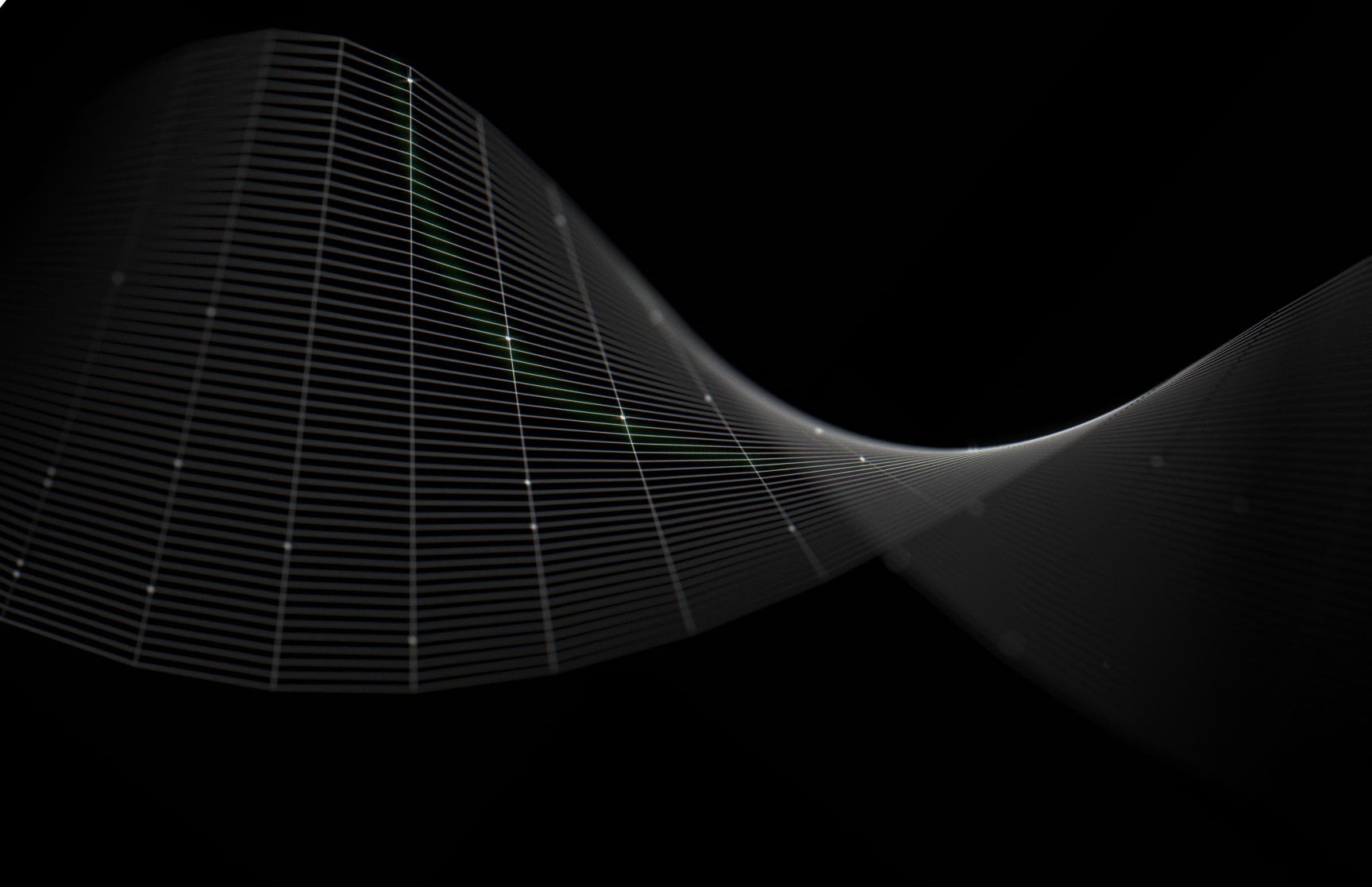Creative Direction: The Art of Getting to “Yes”
Published on
Reading Time
5 mins
As a creative director with a graphic design soul, I’ve learned one truth over the years: the best ideas don’t mean a thing if they don’t land with the client. Creative direction isn’t just about dreaming up bold concepts or sketching pretty visuals—it’s about steering the ship, aligning inspiration with expectation, and delivering something that feels like a win for everyone. So, how do you get from a blank slate to a client saying, “That’s exactly what I wanted”? It’s all about process, intuition, and a little bit of magic. Here’s my take on the right way to get there.
Step 1: Listen Like You Mean It
It starts with the client. Not their brief (though that’s key), but them—their voice, their hesitations, their offhand comments. I’ve found that what clients don’t say is often as important as what they do. A vague “I want something modern” might really mean “I’m scared of looking outdated next to my competitors.” A casual “Make it pop” could hint at a deeper need to stand out in a crowded market.
The trick is to ask the right questions. What’s their business’s heartbeat? Who’s their audience? What keeps them up at night? I don’t just listen to answer—I listen to understand. That’s where the real brief lives, beyond the bullet points. By the time we’re done talking, I’m not just hearing their words; I’m seeing their world.
Step 2: Ground the Vision
Clients often come with big dreams—and I love that. “Think Apple meets Wes Anderson” or “I want it to feel like a summer breeze” are goldmines of intent, even if they’re light on specifics. My job as a creative director isn’t to take those wild ideas literally (no one needs a pastel iPhone mockup unless it’s on-brand), but to ground them in something tangible.
This is where mood boards, sketches, and references come in. I’ll pull visuals that echo their vibe—colors, textures, typography—and start building a foundation. It’s not about nailing the final design yet; it’s about creating a shared language. I’ll say, “Does this feel like your summer breeze?” and watch their reaction. That back-and-forth refines the target before a single pixel gets polished.
Step 3: Lead, Don’t Dictate
Here’s where the creative director hat really comes on. Clients hire me for my expertise, not just my hands. If they say “blue,” but I know their audience leans toward earthy tones, I don’t just nod and grab the Pantone swatch. I guide them. “Blue’s a great instinct—let’s explore how it could evolve into a richer teal to warm up the vibe.” It’s collaborative, not confrontational.
This step’s about showing options, not ultimatums. I’ll present two or three directions—each rooted in their input but elevated by my lens. Maybe one’s safe but sharp, another’s bold but risky. I walk them through the why behind each, tying it back to their goals. The best part? They feel heard, and I get to flex my creative muscle without steamrolling their vision.
Step 4: Iterate with Purpose
No one nails it on the first try—not even me. Feedback’s inevitable, and that’s a good thing. But here’s the key: iteration isn’t about starting over; it’s about zeroing in. I take what the client loves, ditch what they don’t, and refine. If they say, “It’s almost there, but it feels too busy,” I don’t just strip it down randomly—I ask, “What’s overwhelming you?” Maybe it’s the font, maybe it’s the layout. Pinpointing the friction keeps the process tight and focused.
This is also where tools like AI can shine. Need to test a dozen layout tweaks fast? Done. Want to see how a color shift changes the mood? Instant. It’s not about outsourcing the creativity—it’s about speeding up the polish so we can stay in the flow.
Step 5: Deliver the “Aha” Moment
The finish line isn’t a file handoff—it’s that look on the client’s face when they see it and think, “This is us.” That’s the payoff of good creative direction. Every step—listening, grounding, leading, iterating—builds to a design that doesn’t just meet their brief but captures their essence. It’s practical, it’s beautiful, and it works.
For me, that’s the thrill: taking a spark of an idea and turning it into something real, something they didn’t even know they could love until it’s right there. And for the client? It’s a brand, a campaign, a piece of their story they can’t wait to share.
Why Process Matters
Creative direction isn’t a straight line—it’s a dance. But a solid process keeps it from turning into chaos. It’s how you bridge the gap between what a client says they want and what they didn’t realize they needed. Done right, it’s not just about hitting deadlines or budgets (though it does that too)—it’s about crafting something that lasts, something that moves the needle for their business and their audience.
So, whether I’m sketching logos or shaping a full campaign, this is my north star: listen deeply, guide confidently, and deliver intentionally. That’s how you get to “yes”—and maybe even a “hell yes.”





